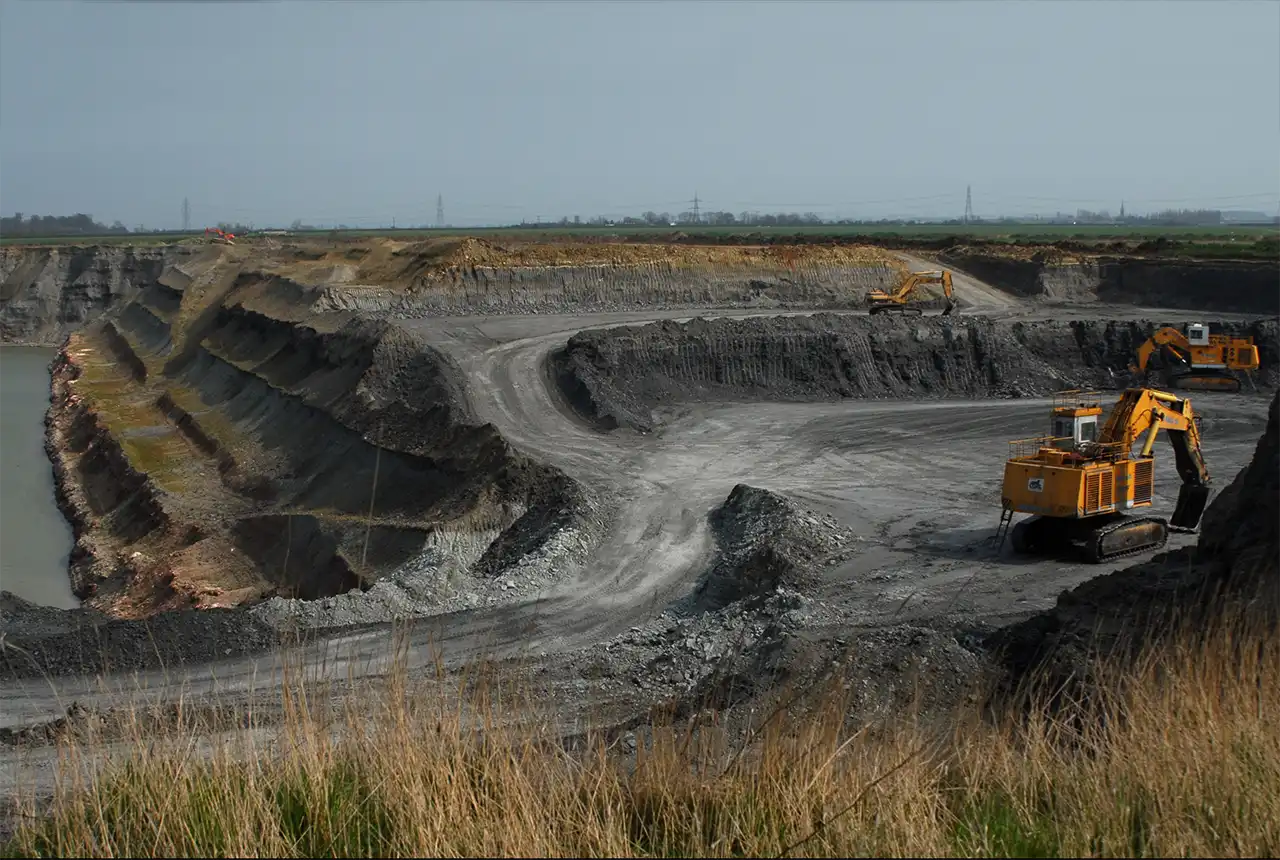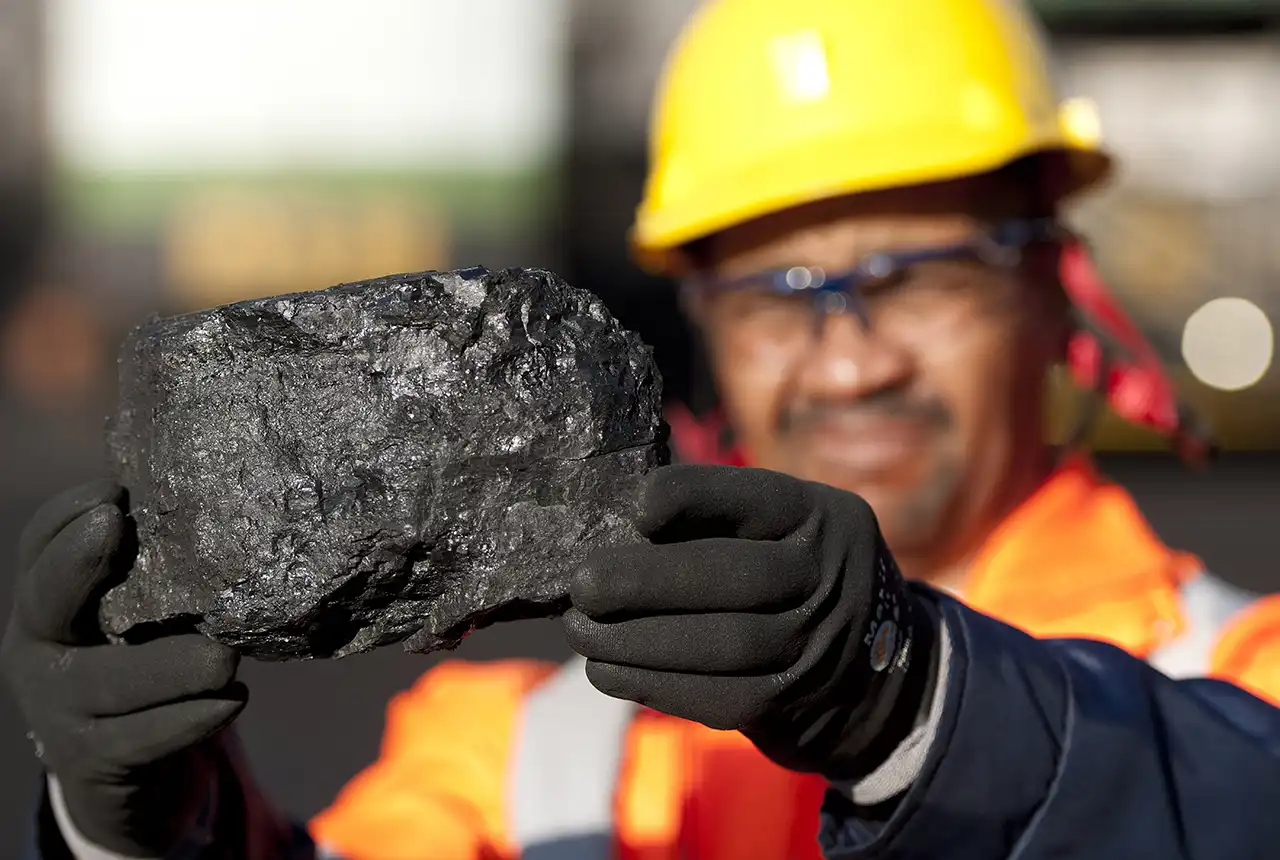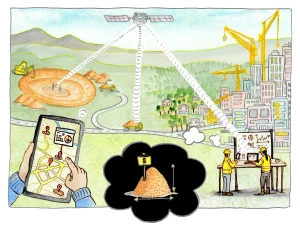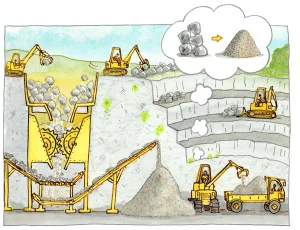Sand
Demand from urban development for concrete is driving the unsustainable and illegal mining of sand from active water courses and beaches. This can lead to:
Sand is an essential construction raw material. Extensive, unregulated sand mining is a global problem. Can geoscience help provide the solution?
- erosion
- damage to infrastructure
- increased risk of flooding
- habitat loss
- pollution
- soil degradation
- destruction of farmland
Due to its mostly small-scale, informal and localised nature, there is often little information on where sand is mined, how much is produced or where it is consumed.
Earth observation
Through its International Geoscience Research and Development (IGRD) programme, BGS is working on a four-year research project to address the role of geoscience in sand mining. The project is using earth observation to assess the quantities of sand consumed in urban areas, to understand the value chain for construction materials and identify likely supply shortfalls. For more information see:
- A case study for Hanoi, Vietnam: urbanisation and demand for construction materials
- Using satellite data to analyse raw material consumption in Hanoi, Vietnam
- A bottom-up building stock quantification methodology for construction minerals using earth observation: the case of Hanoi
- Living in a world made of sand
Good practice
Good practice guidelines for responsible sand consumption in the form of easily accessible illustrations for sand resource management have been created. These can be used by the public, researchers, geological surveys, regulators, the industry and consumers to understand the issues around sand mining. The guidelines aim to show how geoscience data and information can be used for monitoring and management of this resource.
All illustrations herein are available to re-use for non-commercial purposes relating to the promotion of good practice for sand mining, provided the source is acknowledged and the copyright notice accompanying the illustration is retained.
Download the illustrations:
- Illustrative good practice for sand mining (high-resolution JPEG images)
- Illustrative good practice for sand mining (all images and text explanations) (pdf)
The construction sector is an important part of the UK economy. Aggregates account for approximately 85 per cent of the non-energy minerals extracted in the UK and are critical for the national economy. The construction sector relies on the supply of construction aggregates obtained from 1300 quarries in Britain, dredged from the seabed by a fleet of marine aggregate dredgers and won through recycling. Production from all sources is approximately 260 million tonnes per year. The Mineral Products Association estimates that the industry provides employment for 88 000 people: 38 000 directly and 50 000 indirectly.
Construction minerals
Additional information on construction minerals can be found in the sections on planning, digital maps and commodities and statistics.
Circular economy
BGS contributes towards the Interdisciplinary Circular Economy Centre for the Centre for Mineral-Based Construction Materials to characterise and model the flows and stocks of mineral-based construction materials over their whole life cycles and the resulting environmental, social and economic effects. As part of this and through work with mathematical modellers and circular economy experts at University College London and Imperial College, we have helped develop innovative solutions for modelling stocks and flows of aggregates to create one of the most detailed material flow analyses available for construction minerals.
Aggregate minerals surveys for England and Wales
The aggregate minerals (AM) surveys, which have been taken at four-yearly intervals since 1973, provide in-depth and up-to-date information of regional and national sales, inter-regional flows, transportation, consumption and permitted reserves on primary aggregates. The most recent reports are available from the Ministry of Housing, Communities and Local Government. The reports collate survey data for primary aggregates (both land won and dredged) in England and Wales. The report also presents data on the movement and consumption of primary aggregates by subregion. This data is also used to inform Government in order to review and update planning policy guidance.
Production process and mineral waste
Construction aggregate is produced in a multistage process involving:
- drilling and blasting
- extraction
- crushing and milling
- washing
- screening
- classification
This process produces large volumes of mineral waste, typically 10 per cent of that extracted by quarrying. Past research projects have looked at production and process technology and quarry fines and waste.
The strategic importance of the marine aggregate industry to the UK
The British Marine Aggregate Producers Association commissioned BGS to examine the strategic role and importance of marine aggregates to the overall supply of aggregates in the UK. The report focuses on the socio-economic issues associated with the production and use of marine aggregates and their contribution to national and regional supply.
Assessing the feasibility for underground mining of aggregates
In 2009, BGS participated in research (led by Camborne School of Mines (University of Exeter) and funded by the Mineral Industry Research Organisation) to assess the economic feasibility of underground mining for aggregates. The research focused on whether or not aggregates could be produced and delivered to a local market from an underground operation in the southern and eastern regions of England at a cost comparable with that for production and transport from traditional surface quarries located further afield.
Contact
For more information please contact Tom Bide.
You may also be interested in

Directory of Mines and Quarries
The Directory of Mines and Quarries (DMQ) contains information on operational mineral sites in the UK during the period 2019 to 2020.

Industrial minerals
Industrial minerals are all those minerals, including construction materials, with an economic use typically excluding energy minerals, metals and gemstones.

Coal
BGS information and maps on UK coal resources.

Industrial Mineral Assessment Unit (IMAU) reports and maps
IMAU survey reports on British sand and gravel, and other industrial mineral resources.











